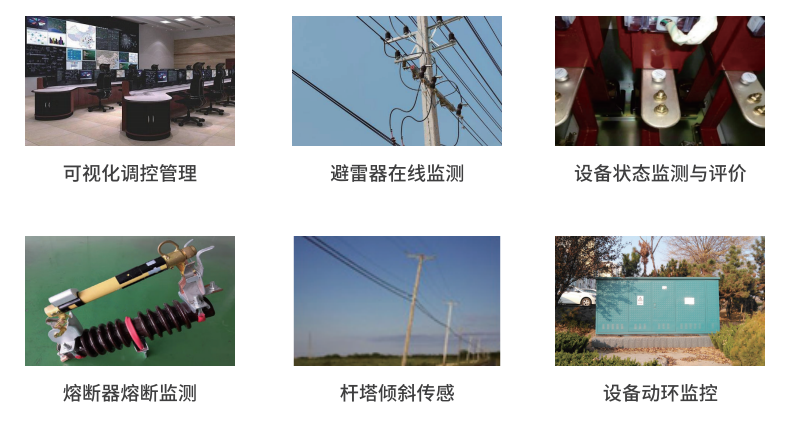Smart Power Distribution Solutions
Release time:
2020-11-02
The intelligent power distribution solution takes "integration, IOT and intelligence" as the core idea, intelligent integration terminal as the data convergence and edge computing center, low-voltage sensing equipment as the neural terminal of IOT network, and edge computing and cloud collaboration as the data processing methods to solve the problems of equipment integration, intelligent sensing, data penetration, operation and distribution integration in low-voltage stations as a whole, form a low-voltage intelligent network with self-identification, self-perception and intelligent processing.
Introduction to (I) Scheme
The intelligent power distribution solution takes "integration, IOT and intelligence" as the core idea, intelligent integration terminal as the data convergence and edge computing center, low-voltage sensing equipment as the neural terminal of IOT network, and edge computing and cloud collaboration as the data processing methods to solve the problems of equipment integration, intelligent sensing, data penetration, operation and distribution integration in low-voltage stations as a whole, form a low-voltage intelligent network with self-identification, self-perception and intelligent processing.
The main station side realizes basic functions such as data collection and monitoring of distribution network and extended functions such as analysis and application based on the main station of distribution automation system, including distribution network operation monitoring application oriented to dispatching and distribution network state control application oriented to operation and maintenance, providing data basis and application services for dispatching operation, production operation and maintenance and fault repair command;
The terminal side takes the new DTU, FTU, TTU or power Internet of Things terminal as the core to realize regional Internet of Things data aggregation, edge calculation and local decision-making such as fault analysis, state evaluation and power quality management, and uses the existing communication network to realize information upload;
Sensors such as equipment status, power monitoring and environmental monitoring are deployed at the end side to realize status monitoring such as fuse fusing, cable temperature measurement, battery status monitoring, ventilation and dehumidification control, abnormal opening of cabinet door, equipment tilt and vibration, etc.
Introduction to (II) functions

Previous Page
Next Page
Latest News
What is the process of construction?
2023-12-05
What are the categories of construction?
2023-12-05
What is construction engineering?
2023-12-05


